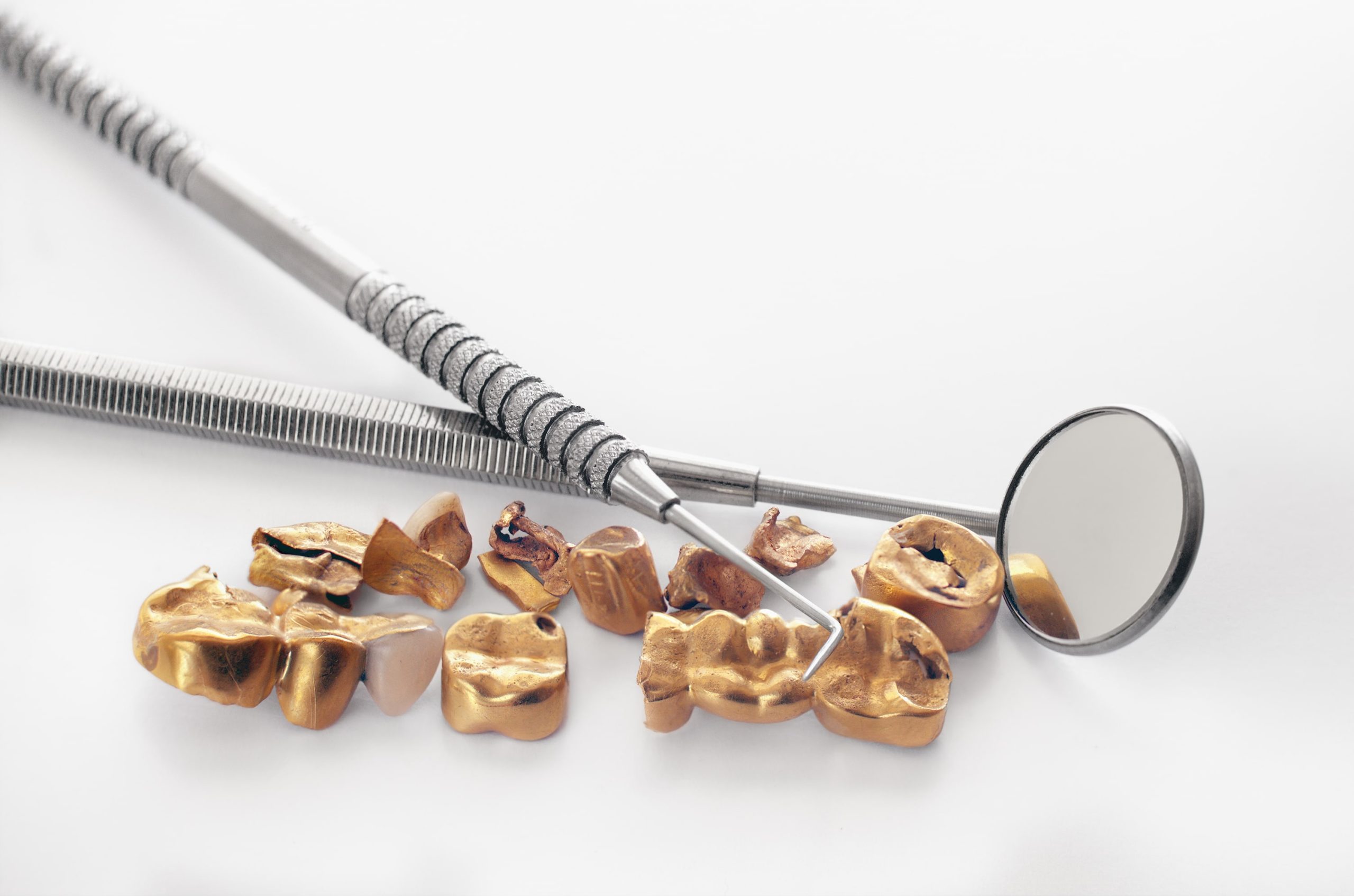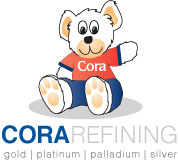In the daily whirlwind of patient care, referrals, and surgical procedures, it’s easy to overlook what’s happening behind the scenes—or what’s quietly slipping through the cracks. For many dentists and oral surgeons, dental scrap is one of those areas. You know it’s valuable, but do you really know how much of it might be walking out the door—or worse, ending up in the trash?
If you’re like most busy professionals, you’ve defaulted to a quick, convenient method: handing off scrap to a local buyer for instant cash. It feels easy, familiar, and good enough. But here’s the truth: you could be leaving thousands of dollars on the table every year.
The good news? You don’t need a full operational overhaul or weeks of research to fix it. A simple one-afternoon audit of your dental scrap collection process can help you take control, plug the leaks, and make smarter financial decisions—without disrupting your team or workflow.
Why Dental Scrap Deserves Your Attention
Every implant procedure, extraction, or bridge removal has the potential to generate valuable materials—crowns, inlays, bridges, and other items containing gold, silver, palladium, and platinum. Over time, even a modest weekly collection can translate to significant annual revenue.

But here’s the kicker: unless your scrap is being collected systematically and refined properly, a large percentage of that value could be lost.
And since dental scrap doesn’t show up as a line item in your accounting software, the financial impact of inefficient handling is invisible—until you take a closer look.
The Hidden Cost of Convenience
Many dentists and oral surgeons rely on reps who offer fast cash for a small bag of scrap. It’s appealing in the moment, but these transactions often lack transparency. You rarely receive detailed breakdowns of metal content, and it’s almost impossible to verify whether you’re getting a fair market payout.
Dental scrap refining offers a smarter alternative. Unlike one-off sales, refining involves melting, assaying, and documenting the actual metal content of your scrap. It may not provide instant gratification—but it can provide up to 30–40% more in long-term returns. That kind of margin could fund a new piece of equipment, cover CE credits, or support your retirement planning.
The One-Afternoon Scrap Audit: Step-by-Step
You don’t need a consultant or a complex spreadsheet to assess where your scrap is going—or where it’s being lost. Here’s how to perform a quick, effective audit in just a few hours:
Step 1: Track Collection Points
Start by walking through your practice and identifying where scrap might be generated. Think about:
- Extraction trays
- Lab return bins
- Crown removals
- Op rooms and sterilization areas
Ask your team where they typically place extracted restorations or metal-containing debris. You may be surprised how many collection points exist—and how inconsistent the practices are.
Step 2: Interview Your Team
In a quick team huddle or one-on-ones, ask:
- What do you do when you remove a crown or bridge?
- Where do you put it?
- How do you know it’s scrap-worthy?
- Who collects it, and when?
This will help you spot gaps or misunderstandings in the current workflow. If staff aren’t sure which materials should be saved, that’s a training opportunity. If there’s no system in place, that’s money lost.

Step 3: Review Past Transactions
If you’ve been using a local buyer, pull up your last few scrap transactions.
- Were you given a weight, a breakdown of materials, or a payout summary?
- Did the buyer test the contents in front of you?
- Were the values tied to current metal market prices?
Compare this to what a professional dental refinery offers: documented testing, market-based payout calculations, and insured shipping. The lack of clarity in fast-cash deals often reveals how little control you really have over the value you’re receiving.
Step 4: Do a Trial Run with a Dental Refinery
If you haven’t used a dental refinery before, this is the perfect time to try. Select a batch of scrap—just one container of crowns or removals—and send it to a reputable company that specializes in precious metals dental scrap refining.
Choose one that:
- Offers insured, prepaid shipping
- Provides a detailed assay and payout report
- Has experience working specifically with oral surgeons
The results will speak for themselves. Many first-time users are surprised to learn just how much more they receive when their dental scrap is put through a more rigorous testing process.
What to Do with the Results
Once you’ve completed your audit, make small, simple changes:
- Set up a dedicated scrap container in each op room or central sterilization.
- Brief your team on what materials to save.
- Create a recurring schedule (quarterly or biannually) for sending batches to your dental refinery.
With minimal effort, you’ll ensure your practice stops losing value—and starts treating dental scrap as the high-return asset it really is.
A Final Thought: Small Adjustments, Big Returns
As a dentist or oral surgeon, you make high-stakes decisions every day. Optimizing your dental scrap refining process might not seem like one of them—but over time, it can quietly support your bottom line in a meaningful way. It’s a low-effort, high-reward opportunity hiding in plain sight.
So set aside an afternoon. Walk through your practice. Talk to your team. See where your materials are going—and consider whether it’s time for a change.
You might just find that the path to greater profitability is right under your nose—or in your scrap bin.
Do you need more containers to collect your dental scrap? We can provide containers to improve your scrap collection process. For dentists, we recommend using our mini jar to collect dental scrap metal over time.
Send a Mini Jar, Today

